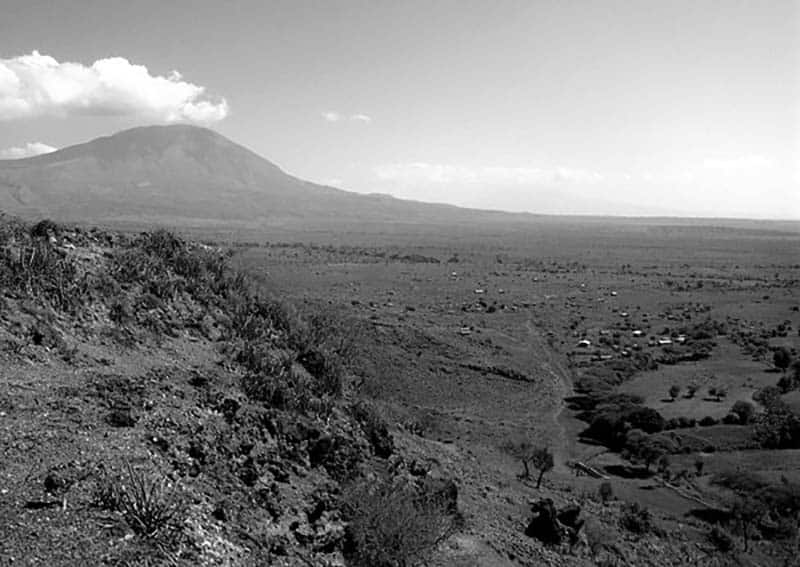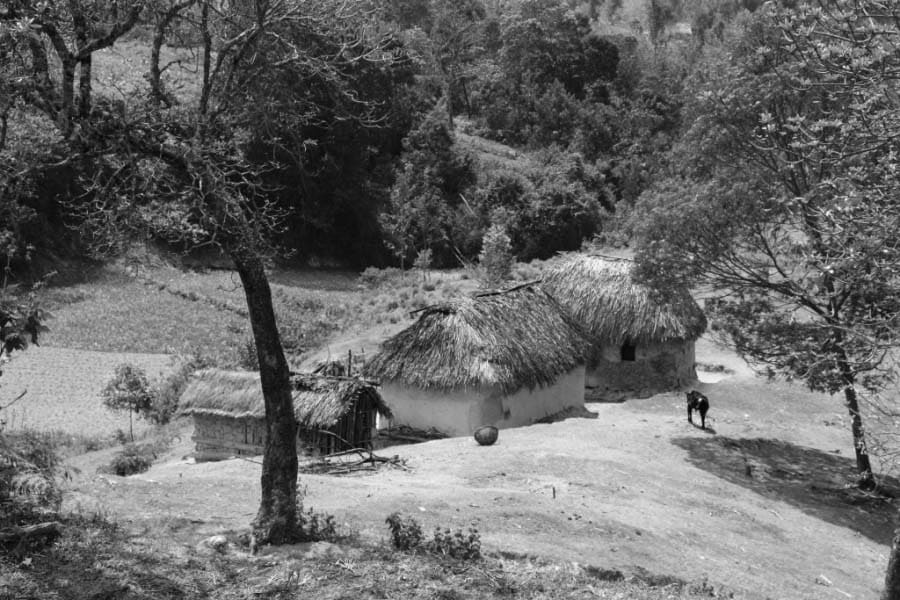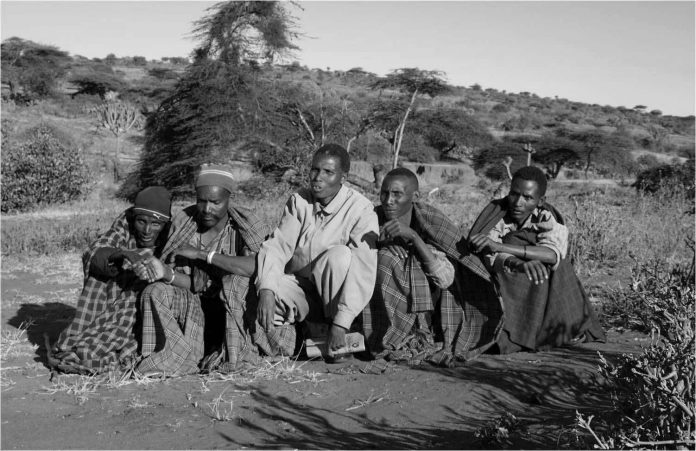Iraqw People (Tribe) – History, Culture, Language & More
Overview of the Iraqw Tribe Tanzania
The Iraqw is an East African ethnic group that speak a Cushitic language (which can be considered as Iraqw language) and live in the Great Lakes area. They dwell along the East African Rift Valley wall, the south of the Ngorongoro Crater in the Arusha and Manyara areas of north-central Tanzania.
History of the Iraqws
Kerio Valley
The Iraqw have long been assumed as descendants of Afro-Asian people who lived in the Great Lakes region and practiced agriculture and animal husbandry, forming part of the Stone Bowl cultural complex. However, most of these early northern migrants have been taken over by Nilotic and Bantu people in subsequent migrations.
Iraqw history also indicates that there are remnants of Neolithic tillers’ culture in the Kerio Valley of Kenya and other nearby areas in the structure of complex irrigation systems. Whereas the Marakwet subgroup of the Nandi Kalenjin Nilotes maintains these structures today, the latter claim that they were built by the Sirikwa, a northern tribe who spoke a strange language and were eventually wiped out by the plague. The Sirikwa “constructed the furrows, but they did not teach us how to build them; we just know how to preserve them how they are,” said the Marakwet.
Engaruka

The Iraqw’s ancestors are famous for building the enormous Engaruka complex in northern Tanzania. Engaruka’s stone-walled canals, dams, and furrows are startlingly similar to the intensive type of self-contained agriculture adopted by modern Iraqw.
According to Iraqw historical traditions, the Maasai‘s last substantial migration to their current region of inhabitation occurred approximately two or three centuries ago, following wars with the Barbaig sub-group of the Datog Nilotes. This group of herders is thought to have taken over the Crater Highlands above Engaruka before the Maasai arrived.
The evacuation of the Engaruka site, which is thought to have occurred between 1700 and 1750, is consistent with this population movement. It also roughly coincides with the start of the reduction in the flow of the Engaruka River and other streams flowing from the Ngorongoro highlands, which seem to be the water sources on which Engaruka’s irrigation practices were centered.
In the view of their forefathers, the Iraqw was also around when the Maasai Nilotes, the current occupants of Engaruka, first came in the region in the 18th century.
Iraqw Tanzania Population Distribution
Iraqw had a population of about 462,000 people in 2001. Recent estimates of Iraqw population indicates there around 1,000,000 people.
Iraqw’ar Da/aw (or Mama Issara) in the Mbulu Highlands is where they live in large numbers. Due to its intensive cultivation, it’s been described as an “island” amid a matrix of less intensive agriculture for a long time.
The Iraqw are also heavily represented in the regions surrounding Karatu town in the Arusha region.

Culture of the Iraqw Tribe
Iraqw culture has been the subject of several Ph.D. research and books. For example, looking at the bibliography on the Mbulu region of Tanzania, many scientific articles about Iraqw culture are discovered.
The Iraqw have absorbed numerous immigrant groups into their culture, based on Börjeson (2004). The majority of these people are of Nilotic (particularly Datog) and Bantu origin. Only three Iraqw clans are thought to be of Iraqw ancestry, out of 150 to 200.
Ikeda et al. (1982) conducted a comprehensive anthropological analysis of the ethnic Iraqw. They found that they had strong connections with other Cushitic-speaking groups in general. The Iraqw, however, have some physical links with nearby Bantu tribes due to intermarriages with the surrounding Tanzanian people.
The Iraqw speak the Iraqw language as their mother tongue, which is attributed to the Afro-Asian family’s South Cushitic branch. Swahili, Tanzania’s national language, is also spoken by Iraqw speakers.
Genetics of the Iraqw Tribe in Tanzania
Recent advancements in DNA analysis have provided some insight into the Iraqw people’s ethnogenesis. Although genetic genealogy is a unique technique for tracing current people’s ethnic and geographic origins, it has also helped to understand the potential background of the present Iraqw.
Y DNA
Wood et al. (2005) used Y-chromosome research to look for paternal lineages in several African groups, including 9 Iraqw men from Tanzania. The E1b1b haplogroup was found in 56 percent of the Iraqw examined, which justifies the characteristic of Afro-Asian men from North and Northeast Africa who had high haplogroup frequencies.
Haplogroup B, commonly found in Nilotic groups, was the second most common paternal lineage among Iraqw men, accounting for 22% of males. The E1b1a haplogroup (E-P1), which is currently dominant among Bantus and was detected in 11% of Iraqw samples, was the third most often seen paternal DNA marker in the Iraqw. Haplogroup T y-dna was discovered in 11% of Iraqw in a larger sample.
DNA from the Autosomal Chromosome
Tishkoff et al. (2009) investigated Iraqw’s autosomal DNA as part of more extensive research on the genetic connections of diverse African groups. As per Bayesian clustering studies, the Iraqw linked with other Afroasiatic-speaking communities in the Great Lakes region, forming a distinct cluster from Afroasiatic-speaking communities in the Horn of Africa, North Africa, and the Sahara. Furthermore, major genetic exchanges have occurred between the Iraqw, neighboring Nilo-Saharan, and Bantu tribes during the past 5,000 years.
For more articles on the Tanzania Tribes click here!


































